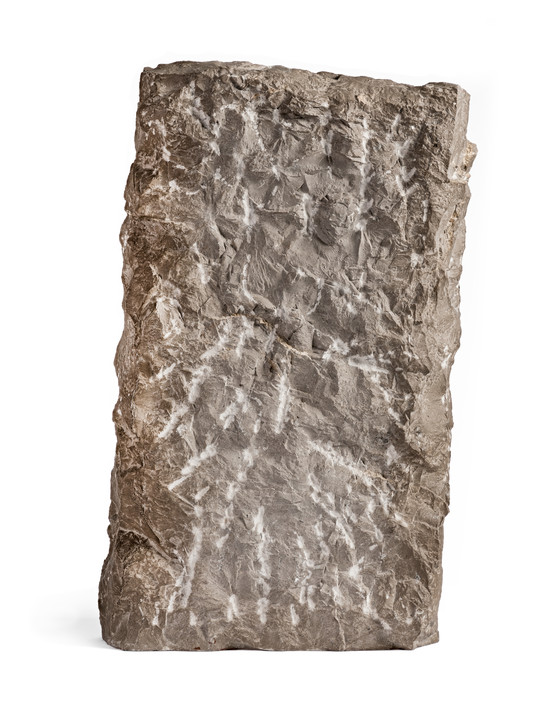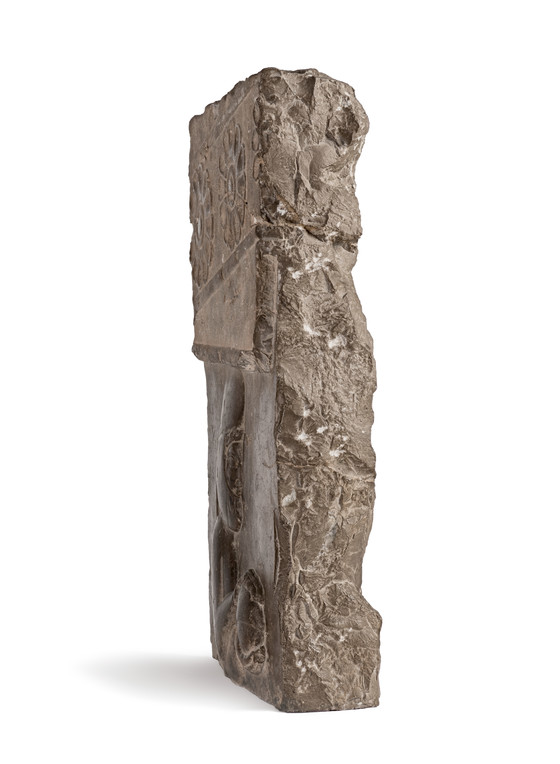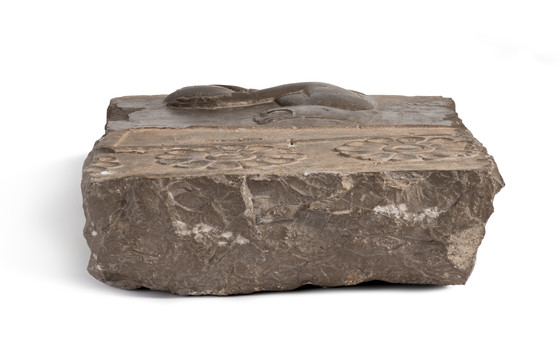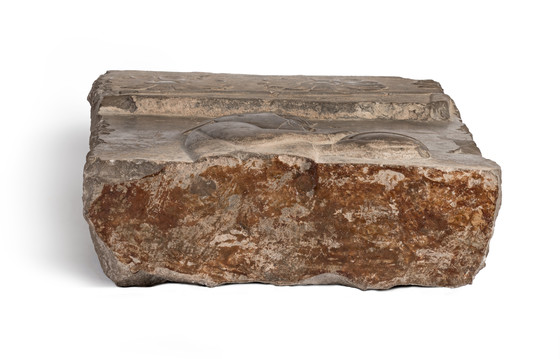Relief of a Gift Bearer from Persepolis






Please log in to add this item to your gallery.
View comments
No comments have been posted yet.
Add a comment
Please log in to add comments.
Please log in to add tags.
* Nearly 20,000 images of artworks the museum believes to be in the public domain are available to download on this site.
Other images may be protected by copyright and other intellectual property rights.
By using any of these images you agree to LACMA's Terms of Use.
From the Collection: Relief of a Gift Bearer from Persepolis
February 23, 2015
In this fragment from a larger relief, a man is depicted carrying a covered vessel. His dress suggests that he's a nobleman from Media, an area that stretches from present-day Turkey to Iran. The fragment was probably a part of the decorated staircase of Tachara, the private palace of Darius I the Great (reigned 521–486 B.C.). Built by Darius I, Tachara is one of the magnificent palaces located in the capital Persepolis (present-day Iran). The complex underwent a period of construction that stretched for over 60 years and is made up of numerous buildings situated on raised ground and platforms...
Relief of a Gift Bearer from Persepolis
Southern Iran, Persepolis, 500-450 B.C.
Sculpture
Stone
20 × 11 1/2 × 4 in. (50.8 × 29.21 × 10.16 cm)
Weight: 68.5 lb. (31.1 kg)
Gift of Carl Holmes (63.36.17)
Not currently on public view


